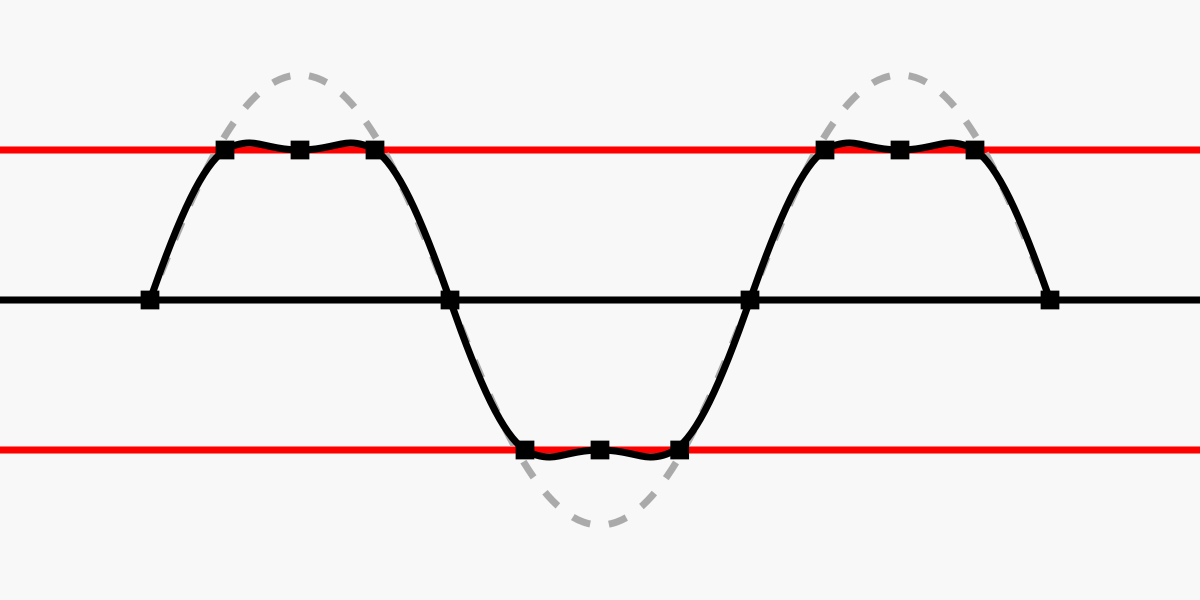MirrorProfiles
Rock Star
- Messages
- 4,970
Audio Assault:

He said they're not using SPICE and he just has it set for "DI's to peak around -6dB".
I asked Softube for a specific value and got this response:
I asked again if they can let me know what those specific values are, so lets see.
Mercuriall also gave me a response:
and when I pressed them for a value, I got this:
Hard to know what else to ask from them if they're the best kind of answers available. I might go and bang my head against the wall and see if it helps me get out of 2017 and back to 2022. (I should add, all my dealings with these companies has been great and theyre consistently quick to reply and friendly and helpful. Not all companies are, and Softube's customer support in particular are really impressive).
I'm becoming increasingly curious as to why this is such a secretive thing, unless they just keep adjusting at the last minute to make sure its hard to fuck up with no matter what device you're using.
He said they're not using SPICE and he just has it set for "DI's to peak around -6dB".
I asked Softube for a specific value and got this response:
"Well, "most accurate response" isn't really the valid question...
The model will react exactly as an amp. Push the input and it will distort more, just as the real thing.
The relevant question is some kind of 0 VU level reference. Our operating points are usually set somewhere in the -18 to -6 dBFS, and the exact level varies between plug-ins. The level is set when designing the plug-in to catch the feel of using the real unit. If distortion is an important part of making the model feel right, the level is set lower, and vice versa."
I asked again if they can let me know what those specific values are, so lets see.
Mercuriall also gave me a response:
The manual has recommendations for setting the input level.
"Recommendations for the plugin Input Gain settings
Please note - below is just our recommendation. You can set it up differently, if you wish.
Play your stringed instrument as hard as you can - for example some power chords on lower (bass) strings. Now observe what signal is coming into your DAW. We recommend that you aim for -6 dB. It means that when you hit strings hard, the input meter in your DAW will sometimes peak at -6 dB. If you are getting too close to clipping (0 dB), turn down the gain knob of your audio interface. If you are hitting strings hard and cannot reach -6 dB, then turn the gain knob up on your audio interface.
Once you find the optimal gain knob position, move on to setting up the Input Gain in Spark. Here are the recommended values:
1-2 for single-coil pickups
2-4 for low/mid-gain humbuckers
5-6 for high-gain humbuckers
Feel free to try other values if the recommended ones do not work for you."
and when I pressed them for a value, I got this:
Setting one specific level and changing pickups/guitars is not the best option. We recommend getting the best signal to noise ratio, for each guitar it will be different gain values on your audio interface. After that, adjust the input level in the Ampbox, depending on which pickups you are using.
Hard to know what else to ask from them if they're the best kind of answers available. I might go and bang my head against the wall and see if it helps me get out of 2017 and back to 2022. (I should add, all my dealings with these companies has been great and theyre consistently quick to reply and friendly and helpful. Not all companies are, and Softube's customer support in particular are really impressive).
I'm becoming increasingly curious as to why this is such a secretive thing, unless they just keep adjusting at the last minute to make sure its hard to fuck up with no matter what device you're using.




